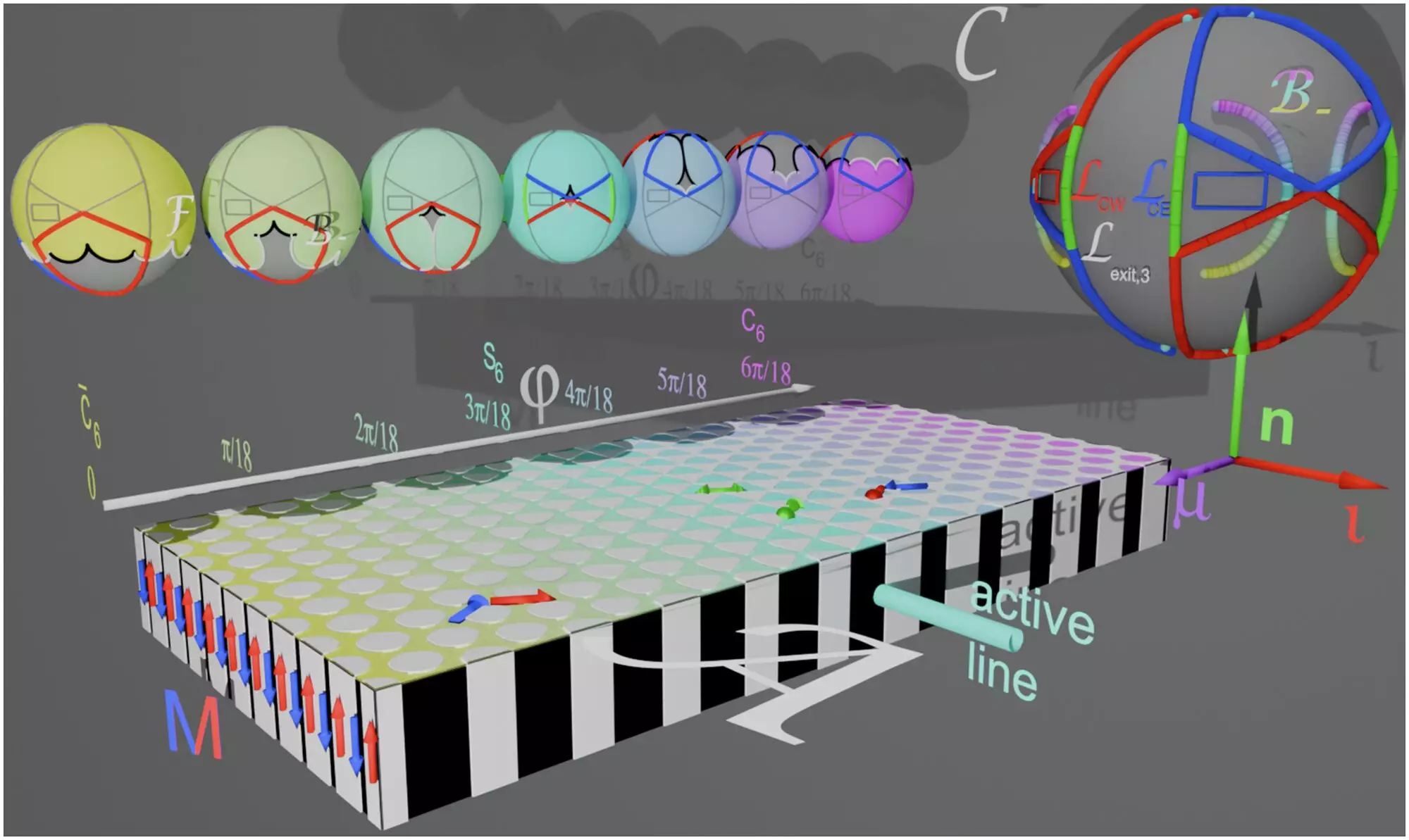In an exciting development from the University of Bayreuth, researchers have taken a monumental leap forward in the field of microscopic robotics. By harnessing the power of external magnetic fields, they have devised a revolutionary method for creating and controlling micro-runners—tiny robotic entities that can autonomously move along designated paths. These micro-runners are not just a technological curiosity; they hold significant potential for medical applications, particularly in the delivery of biochemicals within the human body. The combination of external magnetic control and the inherent capabilities of these colloidal spheres marks an era of advanced engineering at a microscopic scale.
Navigating the Microscopic Factory
The innovative process developed by the research team comprises a ‘biped factory’ where paramagnetic colloidal spheres are meticulously assembled into two-legged structures known as bipeds. This factory employs a carefully designed magnetic metamorphosis pattern, where each microsphere is arranged in magnetic domains with opposing polarities, enabling precise control over their assembly and movement. Once formed, these bipeds operate autonomously, adhering to a predetermined behavioral pattern that mirrors the researchers’ objectives—a striking juxtaposition to the typical randomness associated with microscopic particles.
In practical terms, this technology offers an exciting glimpse into a future where micro-robots can be programmed to perform complex tasks without direct control, such as targeted drug delivery or cellular repairs. The potential applications are vast, suggesting a transformative effect on both therapeutic practices and the broader field of nanotechnology.
Dynamic Control Mechanisms
The core mechanism behind this innovation centers around the ability to manipulate the movement of these colloidal particles using a time-dependent magnetic field. This permits the assembly of bipeds of varying lengths, all dictated by the specific design of the magnetic loop applied to the microspheres. The team’s experiments yielded impressive results, producing bipeds of six distinct lengths, showcasing adaptability that might be necessary in real-world applications.
What makes this research particularly intriguing is the duality of control—initial assembly is carefully guided, yet the subsequent operations are left to the bipeds themselves. This paradigm shift from centralized control to a more decentralized approach is indicative of the changing landscape of robotics, where autonomy is increasingly becoming a focal point.
Collaborative Efforts Driving Innovation
The success of this groundbreaking research can be attributed not only to the talent at the University of Bayreuth but also to collaborative efforts with the University of Kassel and the Polish Academy of Sciences. Such partnerships highlight the importance of interdisciplinary cooperation, where diverse perspectives and expertise converge to innovate and drive scientific progress.
This kind of pioneering research demonstrates the potential of collaborative science to not only push forward the boundaries of what is possible in micro-manufacturing but also to inspire future investigations into bioengineering and robotics. The applications of these findings invite speculation about the future intersection of biology and technology, potentially paving the way for novel solutions to long-standing medical challenges.
In essence, the emergence of these controllable micro-runners does more than offer an exciting scientific achievement; it serves as a manifesto for the limitless possibilities afforded by the marriage of ingenuity and technology in advancing human health and capabilities. As we stand on the brink of this new frontier, it’s clear that the journey has only just begun.

